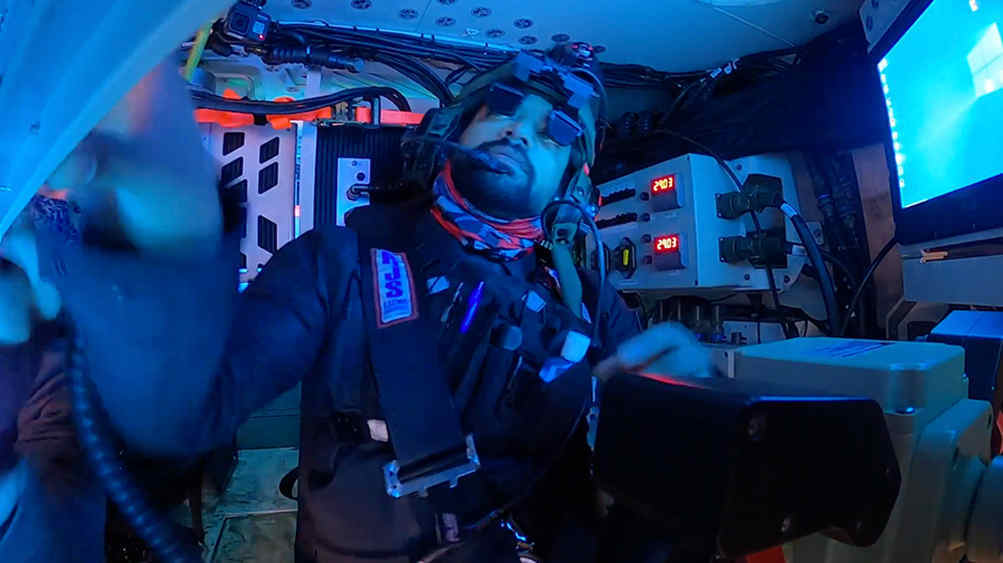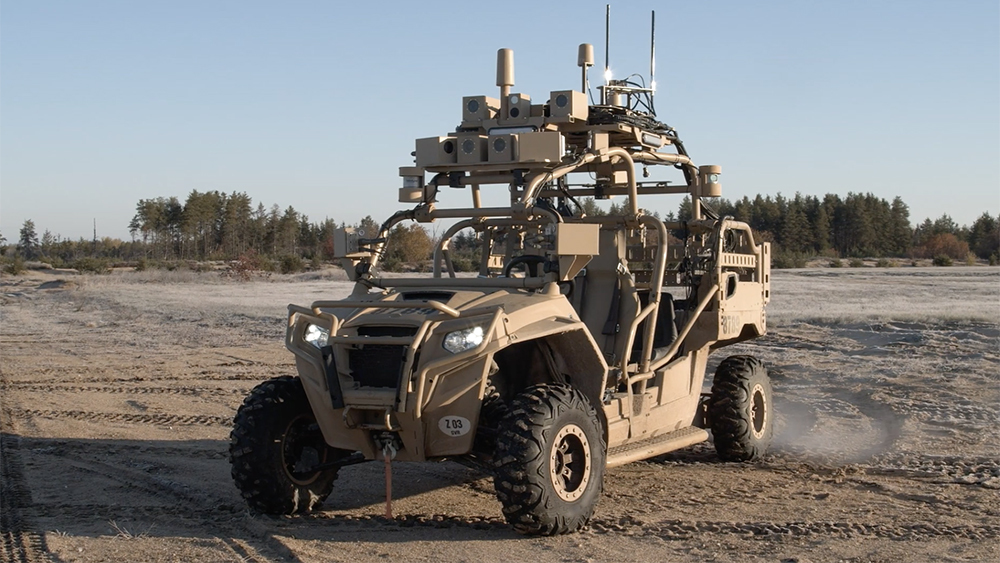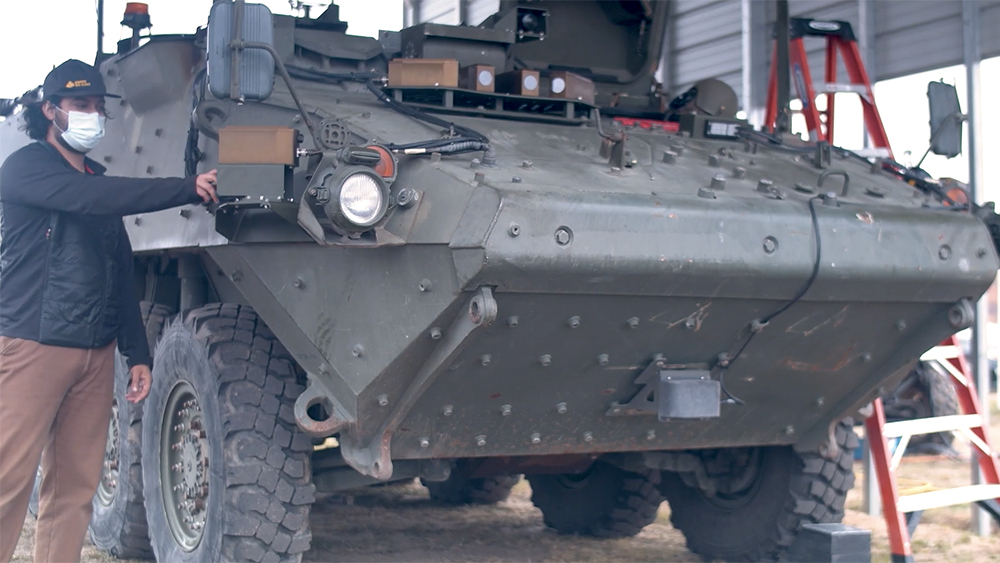
Dr. Thomas Ferris, associate professor in the Wm Michael Barnes Department of Industrial and Systems Engineering at Texas A&M University, is working with The Crew Optimization and Augmentation Technologies (COAT) program, a project under the U.S. Army Futures Command (AFC), to support human crew members in future ground vehicle systems. In addition to developing and testing advanced driver displays and interfaces, COAT research seeks to integrate automation with AI properties into the vehicle cockpit in order to help reduce the size of manned crews. This means fewer soldiers put in harm’s way, but brings unique challenges to balancing workload across system elements and maintaining necessary performance levels.
“This project looks at sharing jobs between humans and autonomy. This requires knowing which jobs are best suited for humans and which for the AI agents, and how to ensure mission effectiveness of the human-vehicle system as responsibilities and roles change,” Ferris said. “If there is a just a driver, and that is his only job — that’s easier to understand and study. Now we need to think about what else does the driver do when he’s not driving because the AI agent can take over at times, and when and how does the human know to regain responsibility of the driving?”

The AFC focuses on the modernization of the U.S. Army and longer-term, future technologies and systems. One aspect of this project focuses on providing sensor data so onboard soldiers can maintain awareness of their surroundings, or, “situation awareness,” but in a way that minimizes safety risks.
In the past, soldiers would typically pop their head out of the top of the vehicle to visually survey their surroundings in real time, which exposes the soldiers to enemy fire. Going forward, and with the help of this research, soldiers will have the ability to see all external activity from inside the vehicle and be protected by its armor, thus making their missions substantially safer.
Some technologies being investigated include video cameras that capture surroundings in real time and feed that data back to the soldiers inside the vehicle. Soldiers inside the vehicle cockpit could be using these feeds to drive the vehicle they are currently passengers in, or drive a completely separate remote-controlled vehicle. Ultimately, the soldier’s task responsibilities need to be flexible in order to support flexible management of the vehicle, and thus, safer and more effective mission performance.
In a recent evaluation experiment, test subjects drove military vehicles through eight different courses at Camp Grayling, a military base in Central Michigan, with each course requiring a different driving function to determine how the subjects perform using display configurations that included helmet-mounted and vehicle-mounted visual displays.

The next steps in the research include incorporating more automation into the task flow for soldiers operating the vehicle in order to allow them to focus their efforts on other tasks, and ultimately, optimize the safety and performance of the system.
“Then the question becomes, for the human crewmembers, how can we optimize performance on the tasks that they’re responsible for?” Ferris said. “Can we bring in artificial intelligence, and can we bring in automation to make some tasks easier — without sacrificing overall mission objectives — so that the humans can essentially handle the responsibilities of an entire vehicle with a reduced crew size?”
Ferris’ role in this research began when he connected with Chris Mikulski, the principal investigator and COAT test lead, as part of conversations to connect researchers at Texas A&M and the AFC. He has since enjoyed a collaboration with a broad group of distinguished engineers and scientists in the military and academic sectors. His long-term goal in working with COAT is to develop reliable means of assessing soldier cognitive workload during vehicle operations, and using that assessment to inform which and how mission-relevant data are displayed to soldiers.
“What is interesting to me about this is that this is a program where there’s all of the depths of resource that the U.S. military can offer to explore the future of ground transportation,” Ferris said. “I always want to make sure that where my contributions are going are toward safer and better systems for soldiers, and I feel this is both an exciting and noble research effort.”